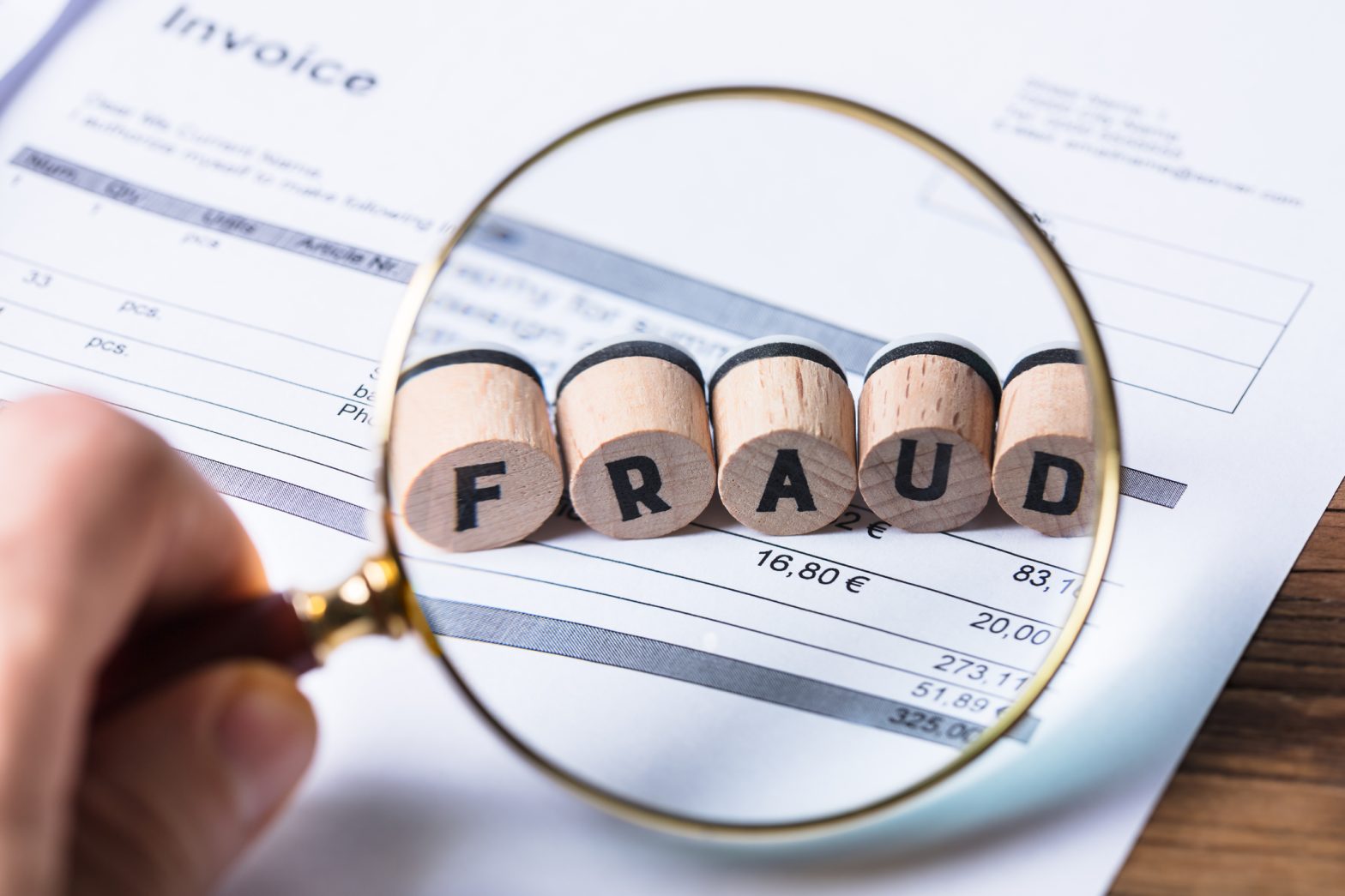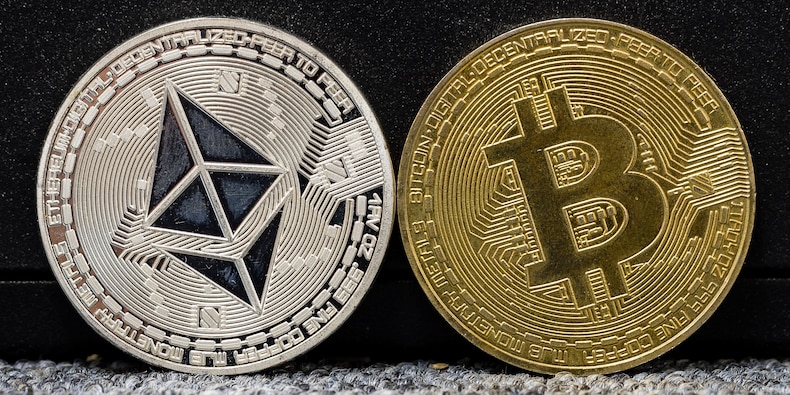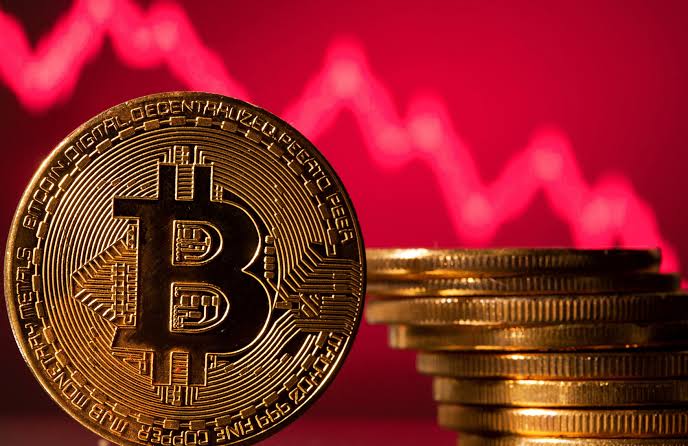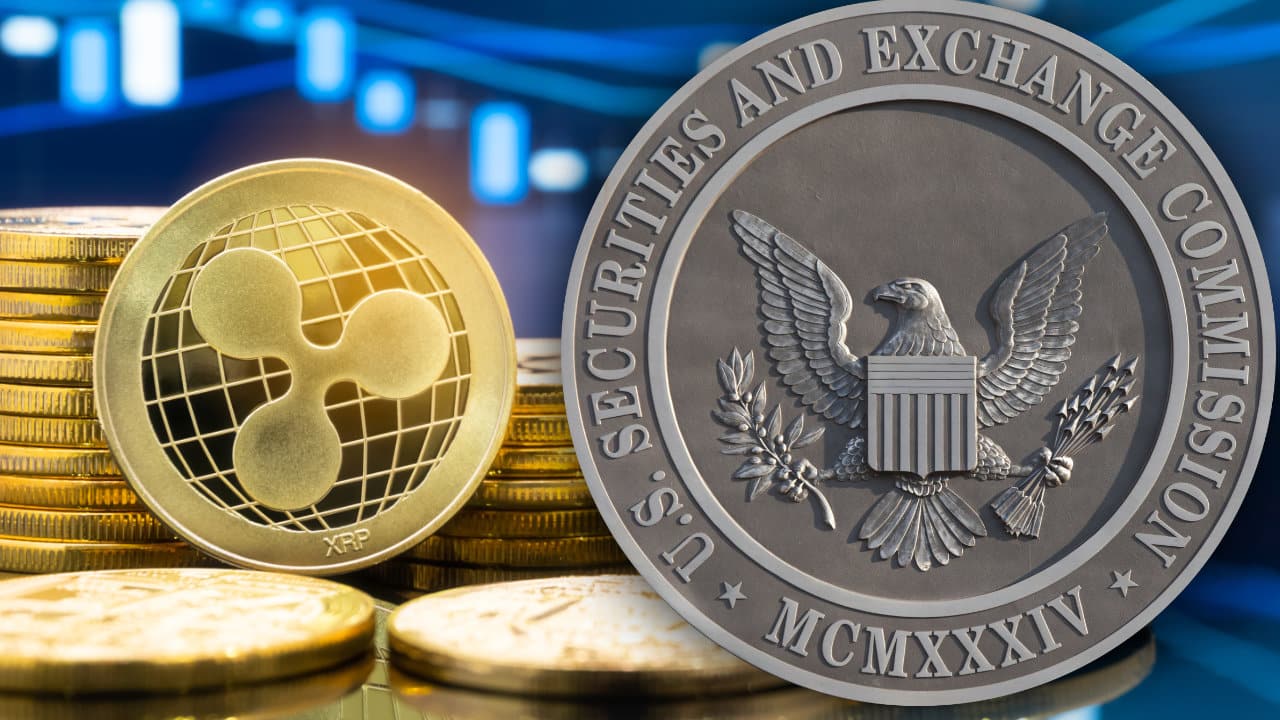The US Department of State has offered two separate $15 million rewards for information on the Conti ransomware organized crime ring.
Any information that leads to the identification or location of the Conti group’s leaders might earn you up to $10 million. In addition, any information leading to the arrest of anybody plotting with the Conti group will be awarded $5 million.
The awards can be claimed from any country under the Department of State’s Transnational Organized Crime Rewards Program (TOCRP).
Ransomware is a sort of software that demands a ransom in exchange for deleting or publishing private information.
Conti holds first place in the top 10 ransomware strains by revenue, extorting at least $180 million from its victims in 2021, according to the same estimate.
The Conti ransomware organization is thought to have been active for over two years and has roughly 350 members. Since 2020, it has been able to collect almost $2.7 billion in ransom.
Conti’s analysis suggests that the firm use proprietary in-house software that is significantly faster than most ransomware programs. Their attacks can affect any version of Microsoft Windows.
The gang assaulted the Costa Rican government on April 21, 2022, and targeted at least five government institutions, including the Finance, Science, and Technology Ministries. Conti wanted a ransom of $10 million.
Conti was investigated by Cyberint, which refuted previously confiscated in-group messages written in Russian and uncovered a well-managed organizational structure.
The mails also revealed that the company had offices in Russia, that it conducted performance appraisals, and that a “employee of the month” was named.
Check Point Software Technologies’ head of threat intelligence, Lotem Finkelstein, stated:
“Our… view is that such a large business with actual offices and vast revenue would not be able to operate in Russia without complete consent from Russian intelligence services, or even some cooperation.”










































